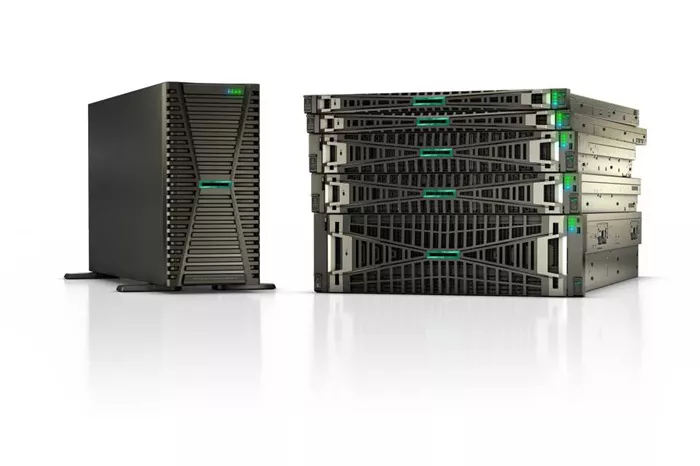The Yeti Nomad solar generator is a powerful and versatile portable power solution. To truly make the most of its capabilities, several strategies can be employed.
Optimizing Power Usage
Match Devices to Capacity
Understand the power requirements of your devices. The Yeti Nomad has a specific watt – hour capacity, and by knowing the power draw of your electronics, you can plan usage more effectively. For example, if you have a 500Wh Yeti Nomad, a smartphone typically consumes around 5 – 10Wh per full charge, while a laptop might need 30 – 60Wh. By choosing to charge devices in order of priority and power consumption, you can ensure the generator’s battery lasts longer. Avoid connecting high – wattage devices like large power tools for extended periods if your generator has a relatively low capacity, as this will quickly drain the battery.
Manage Power – Hungry Appliances
When using appliances with the Yeti Nomad, be mindful of their power ratings. Some small appliances like mini – fridges can be powered by the generator, but they are continuous power consumers. If you need to run a mini – fridge, try to limit the opening and closing of its door to reduce the compressor’s running time, thus conserving power. Similarly, for devices like microwaves, use them for shorter periods or at lower power settings when possible. For instance, instead of heating food at full power for a long time, you can use the defrost or lower – power heating settings to achieve the same result with less energy consumption.
Harnessing Solar Energy Efficiently
Panel Placement for Maximum Sunlight
The solar panels of the Yeti Nomad are crucial for charging. To maximize solar energy capture, place the panels in an area with unobstructed sunlight. Avoid shaded spots, such as under trees or near buildings that cast shadows. If you’re camping, find an open area in your campsite. During the day, adjust the angle of the panels to face the sun directly. Many Yeti Nomad solar panels can be tilted, and by angling them according to the sun’s position, you can increase the amount of sunlight they receive. For example, in the morning, tilt the panels towards the east, and as the day progresses, adjust them towards the south and then the west.
Monitor and Clean the Panels
Regularly check the solar panels for any dirt, dust, or debris that could reduce their efficiency. A dirty panel surface can block sunlight from reaching the solar cells. Use a soft, clean cloth to gently wipe the panels when they are cool. If there are stubborn stains, a mild soap and water solution can be used, but make sure to dry the panels thoroughly before use. Monitoring the charging rate of the generator can also give you an indication of the panel’s performance. If you notice a significant drop in the charging speed, it might be time to clean the panels or check for any physical damage.
Enhancing Portability and Convenience
Utilize Built – in Features
The Yeti Nomad is designed with portability in mind. Take advantage of its built – in handles for easy carrying. If you’re on a long – distance hike or a road trip, the compact size of the generator allows it to fit neatly into a backpack or the trunk of your car. Some models also come with additional features like wheels, which are extremely useful when transporting the generator over longer distances or uneven terrains. Use the well – labeled connection ports to quickly and easily plug in your devices without confusion.
Explore Expansion Options
Depending on your needs, consider expanding your Yeti Nomad setup. Some models allow you to connect additional solar panels to increase the charging speed. This can be particularly useful if you’re in an area with abundant sunlight and need to charge the generator quickly. Additionally, there may be accessories available, such as extra battery packs, that can be added to increase the overall power capacity of your setup. For example, if you frequently go on multi – day camping trips and need to power multiple devices, adding an extra battery pack can ensure you have enough power throughout your trip.
Cost – Saving and Long – Term Use
Maintenance for Longevity
Proper maintenance of the Yeti Nomad solar generator can save you money in the long run. Keep the battery in good condition by avoiding overcharging and over – discharging. Most modern Yeti Nomad generators have built – in battery management systems, but it’s still a good practice to unplug devices once they are fully charged. Store the generator in a cool, dry place when not in use, especially during extreme weather conditions. Regularly check the cables and connectors for any signs of wear and tear. If you notice any frayed cables or loose connectors, replace them promptly to prevent power loss or damage to the generator.
Solar – First Approach
Whenever possible, rely on solar energy to charge the Yeti Nomad. Since sunlight is free, using the generator’s solar charging capabilities reduces your reliance on grid – based electricity or expensive gasoline – powered generators. This not only saves you money but also reduces your carbon footprint. For example, if you use the Yeti Nomad as a backup power source at home, try to charge it during the day using solar panels instead of waiting for a power outage and then using the grid to charge it.
Conclusion
The Yeti Nomad solar generator offers a wide range of capabilities, and by following these strategies, you can maximize its performance, efficiency, and lifespan. Whether you’re using it for outdoor adventures, as a backup power source, or in other off – grid situations, optimizing power usage, harnessing solar energy effectively, enhancing portability, and ensuring proper maintenance will help you get the most out of your investment. By making the most of the Yeti Nomad, you can enjoy reliable, clean, and convenient power wherever you are.

